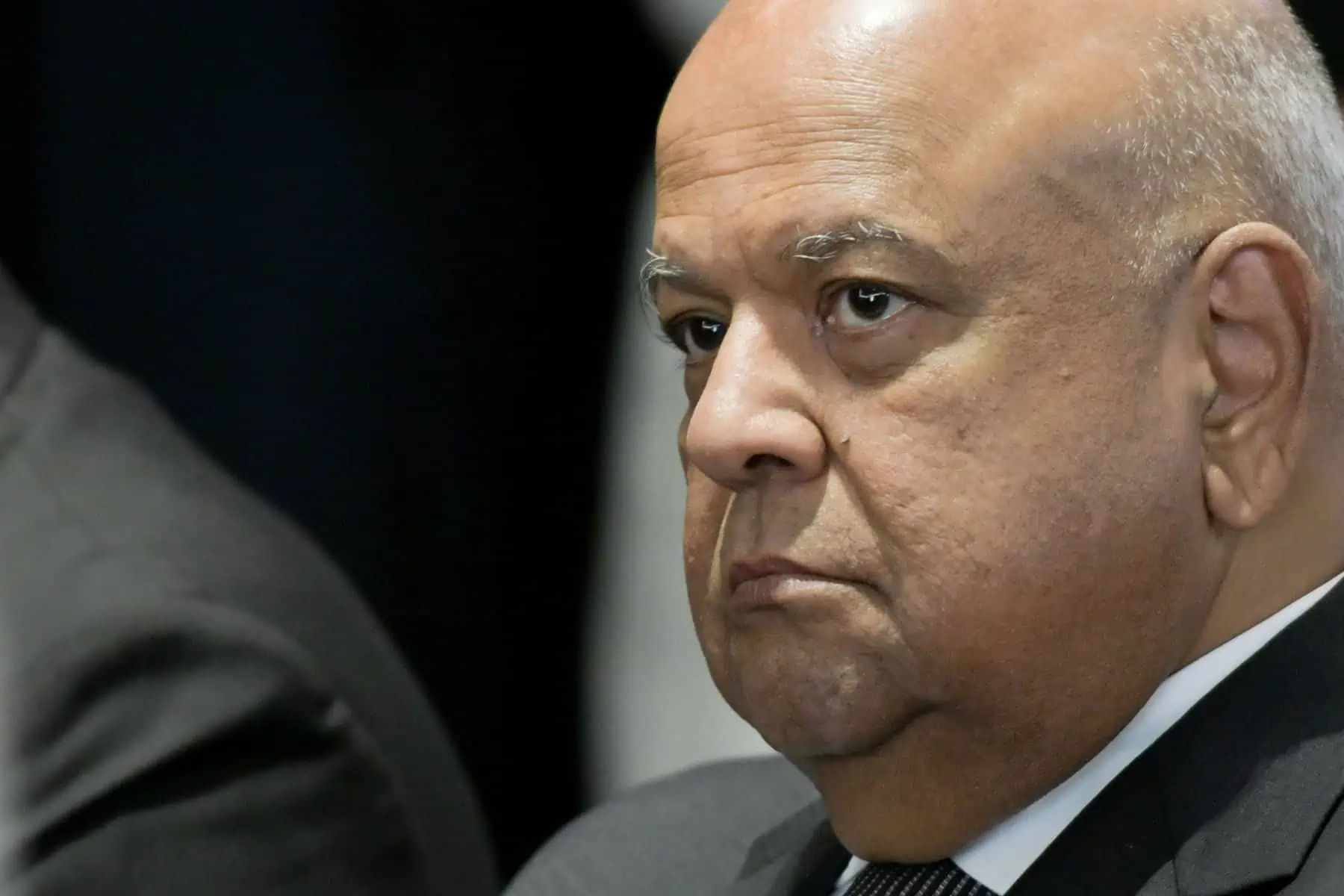Gordhan says corruption will continue to plague Eskom until ringleaders are arrested
The Public Enterprises Minister was in Parliament on Tuesday.

Public Enterprises Minister Pravin Gordhan. Picture: Gallo Images / Jeffrey Abrahams
Public Enterprises Minister Pravin Gordhan has lamented the fact that the main culprits driving corruption within Eskom are not behind bars.
He says greed is the main driver of corruption at state-owned enterprises (SOEs) such as Eskom.
Gordhan and Eskom officials appeared before Parliament’s Standing Committee on Public Accounts (Scopa) on Tuesday.
‘Culture of corruption’
Answering questions from MPs, Gordhan highlighted that “a lot has changed” at Eskom after findings of the State Capture Commission and the appointment of a new board.
The minister said rooting out “the culture of corruption” within Eskom and the companies the power utility does business with remained a challenge.
“There seems to be no limit to the greed that permeates that whole ecosystem,” Gordhan said on Tuesday.
“Greed is a powerful motive force in terms of undermining institutions like Eskom under all sorts of pretexts,” the minister continued.
ALSO READ: ‘I did not interfere at Eskom’ − Pravin Gordhan
He warned that corruption would continue to plague Eskom if nothing was done to address the matter.
“Corruption is going to carry on unless law enforcement and the prosecuting authority put the real ringleaders behind bars. Whether one likes it or not, there are not enough people in orange uniforms at this particular point in time so that culture and the way of doing business continues,” Gordhan told the committee.
The minister also said progress had been made “on a number of different fronts” at Eskom including the stabilisation of load shedding, but pointed out that additional megawatts (MW) were needed to address the electricity crisis.
“The bottom line is, Eskom requires more megawatts to come into system [and] some of that happened in 2022 … We will work out how to finance new transmission lines that need to be installed,” Gordhan said.
Watch the meeting below:
Gordhan said there were a number of global factors South Africans had no control over and this negatively affected Eskom’s performance.
“The geopolitics and geo-economics that impact on emerging markets is quite a devastating one. Interest rates have gone up in terms of borrowing, bonds fluctuate strongly; exchange rates; there are a number of factors over which South Africans have no control,” he said.
New CEO
Eskom board chairperson Mteto Nyati, who replaced Mpho Makwana after his resignation last month, told the committee that the search for a new CEO would be concluded soon.
“Recently, we, as the board, submitted three names of appointable candidates to Minister Pravin Gordhan.
“He is now taking these names through the relevant government processes. We expect the appointment to be made at the end of this year,” Nyati told MPs.
READ MORE: Makwana’s departure ‘an indication that something not well’ at Eskom
Calib Cassim is Eskom’s acting CEO. Cassim assumed the role after former Eskom CEO André de Ruyter left the utility in February this year.
De Ruyter previously cited Gordhan’s apparent micromanagement in the day-to-day operations at Eskom as one of the reasons for his resignation.
He also told Scopa that Eskom’s board, which was appointed in September last year, made it difficult for him to carry out his duties.
Load shedding
Meanwhile, Cassim informed MPs that South Africa had experienced 280 days of load shedding this year, and as a result, Eskom recorded a loss of R23.9 billion.
This amounted to about five days per week for the entire year.
“For March 2023, with the deteriorating generation performance, the energy availability factor went down from 62% to 56% and this did culminate in a significant increase in the number of days of loading shedding… 280 days is significant, up until October we were sitting at 202 days of loading shedding for this current financial year,” he said.
The acting Eskom CEO said there was “definitely light at the end of the tunnel”.
The utility was aiming to improve the energy availability factor to 65% by March next year.
NOW READ: Eskom still not producing enough power to meet typical demand – energy analyst







